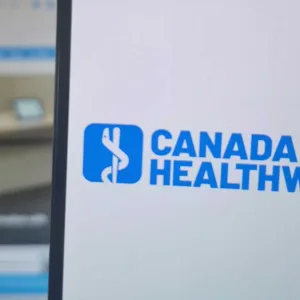Why it’s important Canada accredits its own medical schools

In April, U.S. President Donald Trump issued an executive order revoking federal recognition of any medical schools in the country “engaging in unlawful discrimination” through diversity, equity and inclusion policies. In May, the Liaison Committee on Medical Education (LCME) removed its diversity programs and partnerships standard for accreditation to comply with this order.
For Canadian physicians, this news – if it registered at all – likely was received as one more example of the assault on the profession south of the border. What they might not know is that the accreditation of Canada’s 18 (soon to be 20) medical schools only became fully separate from the U.S. as of July 2025.
Here’s how the body responsible for Canadian accreditation, which includes members of the medical profession and the public appointed by the Canadian Medical Association (CMA), has been working toward a sovereign undergraduate medical school accreditation process – and how standards differ from the U.S.
What does the accreditation of medical schools mean for students and medical faculty?
Accreditation is a voluntary process to ensure MD programs meet 12 prescribed standards for quality assurance and continuous improvement of medical education. Standards touch on curricula, student selection and support, faculty productivity and preparation, conflict of interest policies and school resources from IT to call rooms.
Currently, all 18 medical schools in Canada are accredited. Graduates of accredited medical education programs have an advantage over others when getting residency positions.
Who decides whether a medical school in Canada meets the accreditation standard?
Accreditation is determined by peer review. Medical school students, faculty, practicing physicians and members of the public are all represented in the process.
Canadian medical schools were accredited solely by the LCME until 1979, when a home-grown oversight body was established. But even then, the Committee on Accreditation of Canadian Medical Schools (CACMS) accredited programs jointly with the LCME according to standards set in the U.S.
Before 2013, the CACMS and LCME standards were identical. But that year, CACMS introduced social accountability as a new standard for accreditation. And as of July 1, 2025, accreditation in Canada will be completely independent from the U.S.
Why is Canadian accreditation of medical schools being “decoupled” from the U.S.?
The separation has been in the works for a while.
Since the introduction of a new standard for social accountability in 2013, there has been a gradual move to go separate ways. The decision to do a full “decoupling” was made in 2021, but it was building for years before the ultimate decision to separate.
“It became more evident there were differences in the Canadian approach to medical education,” says Lisa Graves, CACMS secretary, adding that “expectations of the Canadian public have shifted [too].”
The social accountability standard, for example, is defined by CACMS as a commitment by every accredited medical school to “address the priority health concerns of the populations it has a responsibility to serve.” Schools fulfill this standard through everything from admissions to curricula to “types and locations of educational experiences.”
Graves says developing standards appropriate for 18 Canadian medical schools is also easier than moving 160 American medical schools in the same direction. “There’s a lot of practicality to this in terms of being able to be more responsive.”
What is the CMA’s role in the accreditation of medical schools?
The CMA has been a co-sponsor of CACMS for more than 45 years, appointing half of its voting members, including six professionals and one from the public. CMA’s participation in CACMS ensures ongoing grassroots input of practicing physicians into the undergraduate medical education system. Its participation also aligns with the CMA’s advocacy for the profession at a national level, including advancing cultural safety in health care for medical learners, practitioners and patients, and supporting physician wellbeing.
---
Republished with permission from the Canadian Medical Association. This piece was originally published on June 26, 2025.









